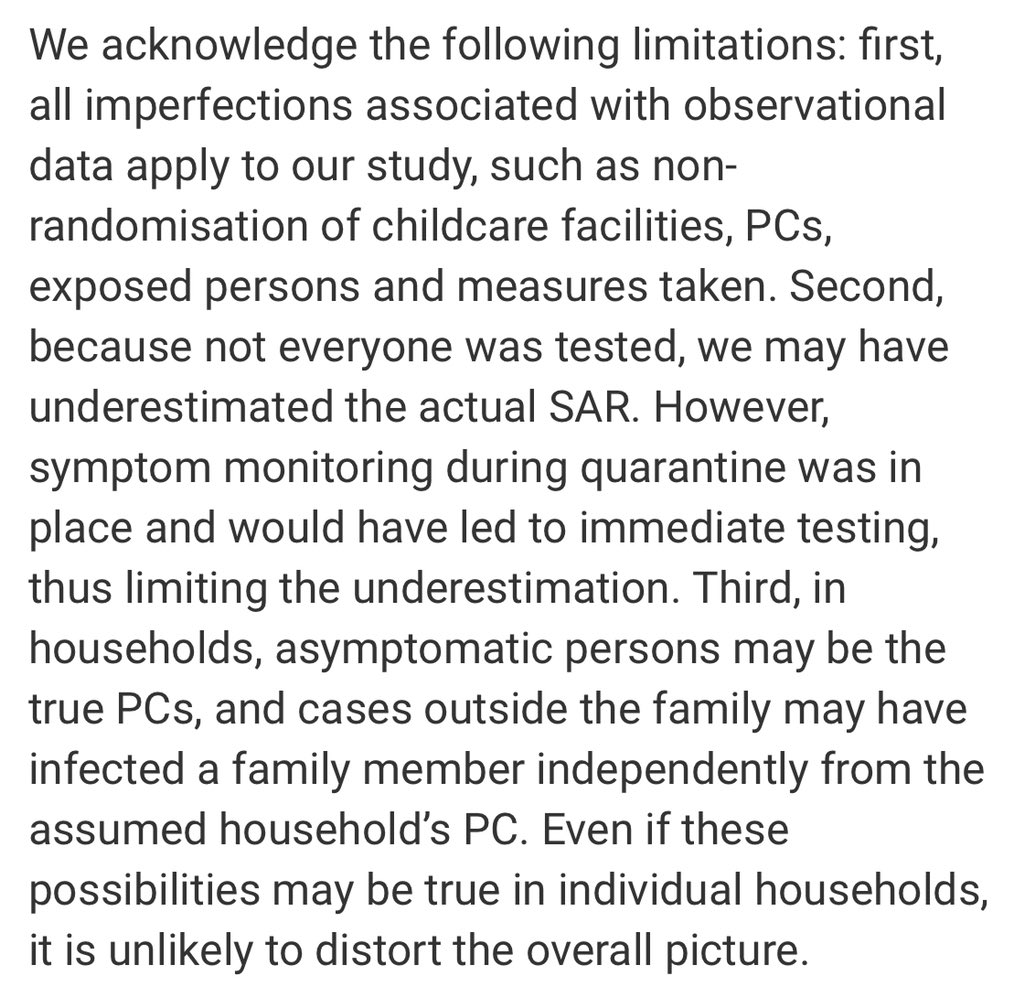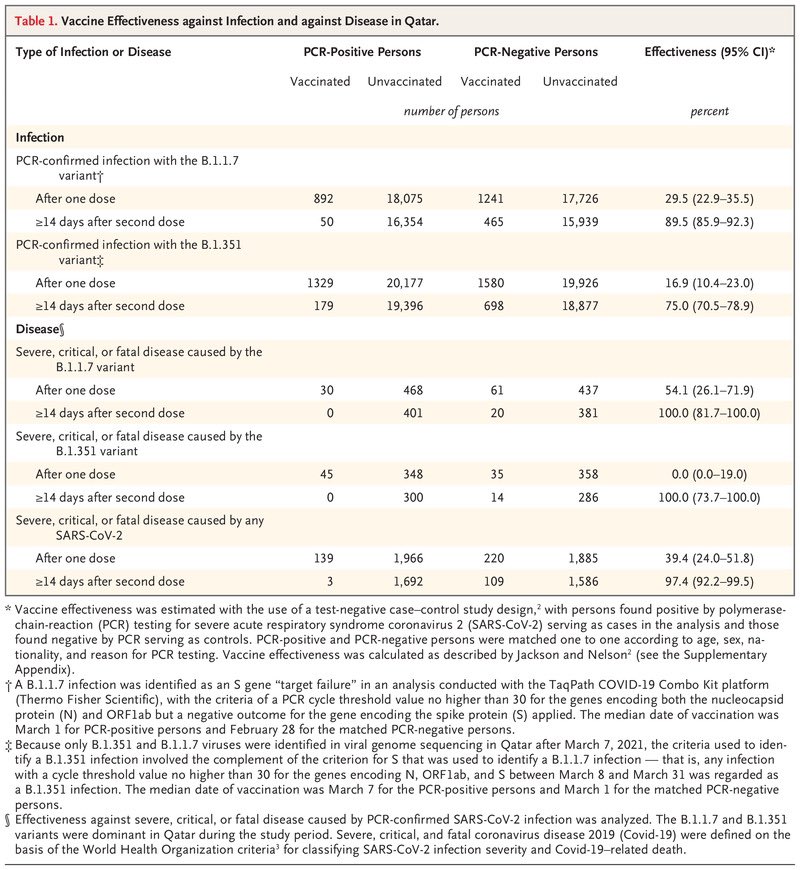
Study of 3 UK variant (B.1.1.7) outbreaks in childcare centres in Hesse, Germany, showing that children and adults were similarly likely to be infected, and that children and staff were similarly likely to transmit the virus to their household contacts. 🧵
eurosurveillance.org/content/10.280…
eurosurveillance.org/content/10.280…

In this study, outbreaks were studied in 3 childcare centres.
Except for one childcare centre, where more adults than children were infected (53 vs. 31%), an equal proportion of children and adults were infected (27-28% in centre 2, and 17% in centre 3).
Except for one childcare centre, where more adults than children were infected (53 vs. 31%), an equal proportion of children and adults were infected (27-28% in centre 2, and 17% in centre 3).

The authors then looked at the household contacts of the infected staff and children.
Overall, they found that 37% of contacts were infected (32% of child contacts and 39% of adult contacts).
Overall, they found that 37% of contacts were infected (32% of child contacts and 39% of adult contacts).
However, when they looked at who brought the virus into the household, they found that the contacts of children were more likely to be infected than the contacts of adults (39% vs. 33%), although this did not reach statistical significance. 

Interestingly, it appeared that child index cases were more likely to infect adults, and adult index cases were more likely to infect children.
This may reflect patterns of close contact inherent in caring for young children.
This may reflect patterns of close contact inherent in caring for young children.
The study has a number of limitations which may affect the results. In particular, not all persons were tested. The authors may have missed some cases, particularly in children, who are more likely to be asymptomatic than adults. 

In summary, this study provides yet more evidence that children and adults are similarly susceptible to infection, and that children and adults are similarly likely to transmit SARS-CoV-2.
This is true even for very young children.
This is true even for very young children.
• • •
Missing some Tweet in this thread? You can try to
force a refresh







